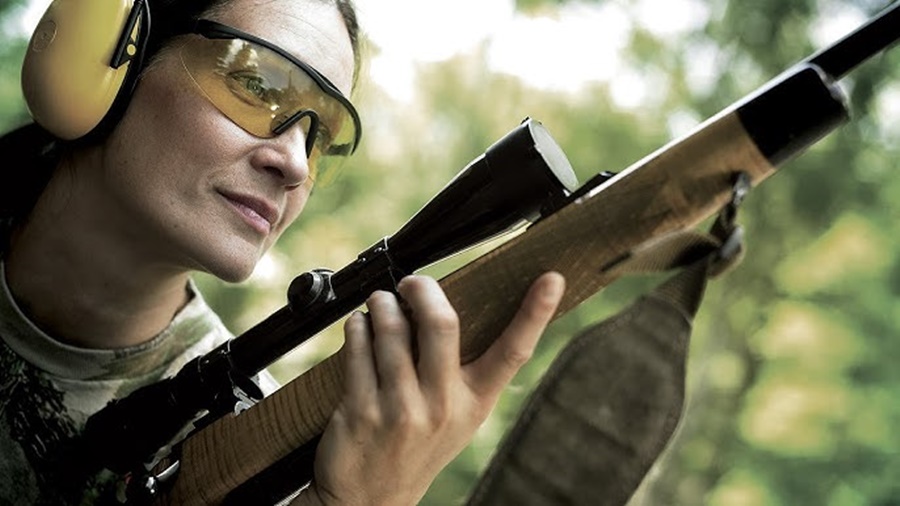Hunting has been a vital part of human tradition for centuries providing food, recreation, and a connection to nature. However, it also comes with serious responsibilities. Every hunter must prioritize safety, respect for wildlife, and compliance with laws. Understanding and following hunting safety tips and regulations not only protects you but also preserves the environment and ensures hunting remains a sustainable outdoor activity.
1. Importance of Hunting Safety
Hunting accidents can occur in an instant and often have devastating consequences. Most accidents are preventable when hunters follow proper safety practices. Safety in hunting means more than just avoiding physical harm; it also includes being mindful of others, protecting wildlife, and maintaining ethical standards in the field.
2. Essential Hunting Safety Tips
a. Treat Every Firearm as Loaded
Always handle your gun as if it’s loaded, even when you believe it isn’t. Keep the muzzle pointed in a safe direction, your finger off the trigger until ready to shoot, and always be sure of your target and what lies beyond it.
b. Wear Blaze Orange
Visibility saves lives. Wearing blaze orange (or another highly visible color required in your area) helps other hunters see you clearly in the field. It’s one of the simplest and most effective ways to prevent accidents.
c. Identify Your Target Before Shooting
Never shoot at movement, sound, or an unconfirmed shape. Always positively identify your target and ensure there’s a safe backdrop behind it before pulling the trigger.
d. Keep Firearms Unloaded Until Ready to Use
When not actively hunting or crossing difficult terrain (like fences, streams, or rough ground), unload your firearm. Store ammunition separately and handle your weapon only when you’re prepared to shoot.
e. Communicate with Your Hunting Party
If you’re hunting in a group, make sure everyone knows the plan, including designated shooting zones and safe areas. Maintain constant communication to avoid crossing into another hunter’s line of fire.
f. Be Prepared for the Outdoors
Weather, terrain, and wildlife can be unpredictable. Carry essentials like a first aid kit, map, compass or GPS, extra clothing, and enough food and water. Inform someone of your hunting location and expected return time.
g. Stay Sober and Alert
Never consume alcohol or drugs before or during a hunt. Impaired judgment drastically increases the risk of accidents and violates ethical hunting standards.
3. Key Hunting Regulations
Each state, province, or country has specific hunting laws designed to manage wildlife populations and ensure ethical practices. While regulations vary, several common rules apply across most regions.
a. Licensing and Permits
All hunters must obtain the proper licenses or permits before hunting. These may vary depending on the species, weapon type, or season. Carry your hunting license with you at all times.
b. Hunter Education Requirements
Many regions require completion of a hunter safety education course before obtaining a hunting license. These courses cover firearm handling, wildlife identification, and legal responsibilities.
c. Season and Bag Limits
Hunting seasons and bag limits are set by wildlife agencies to protect animal populations and ensure sustainable management. Always verify current regulations for specific game species before going afield.
d. Legal Hunting Methods
Using appropriate and legal equipment is essential. This includes approved firearms, archery equipment, ammunition types, and hunting methods. Avoid illegal traps or baiting techniques that violate local laws.
e. Private Property and Trespassing
Always obtain permission before hunting on private land. Respect property boundaries and posted signs. Ethical hunters maintain good relationships with landowners by leaving no trace and following access agreements.
f. Tagging and Reporting
Some regions require tagging or reporting your harvest. This helps wildlife agencies track populations and enforce quotas. Follow tagging procedures immediately after the kill to remain compliant.
4. Ethical Hunting Practices
Beyond legality, ethical behavior defines a true hunter. Always strive for clean, humane kills and use as much of the animal as possible. Avoid waste, respect wildlife habitats, and support conservation efforts through hunting fees and volunteer programs.
Conclusion
Safe and responsible hunting ensures that future generations can continue to enjoy this age-old tradition. By understanding hunting safety principles and following regulations, hunters protect themselves, others, and the environment. Remember: a responsible hunter is not just one who follows the rules but one who respects the land, wildlife, and fellow outdoorsmen.


